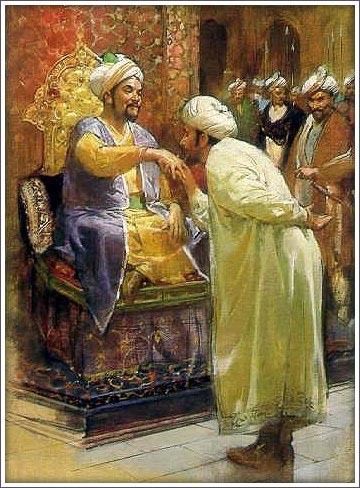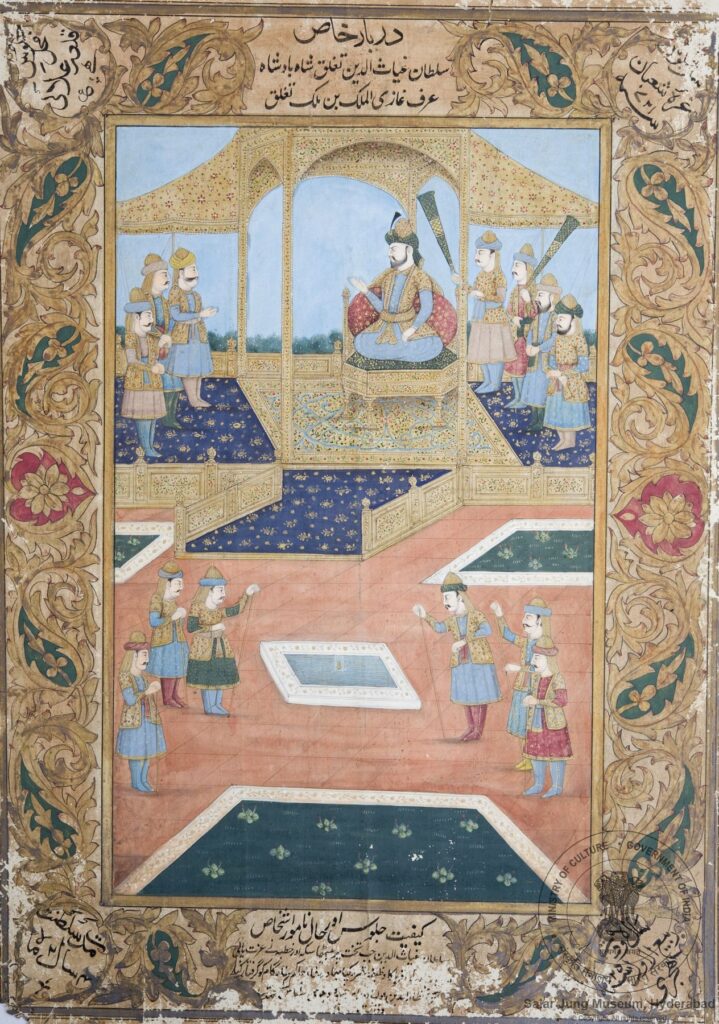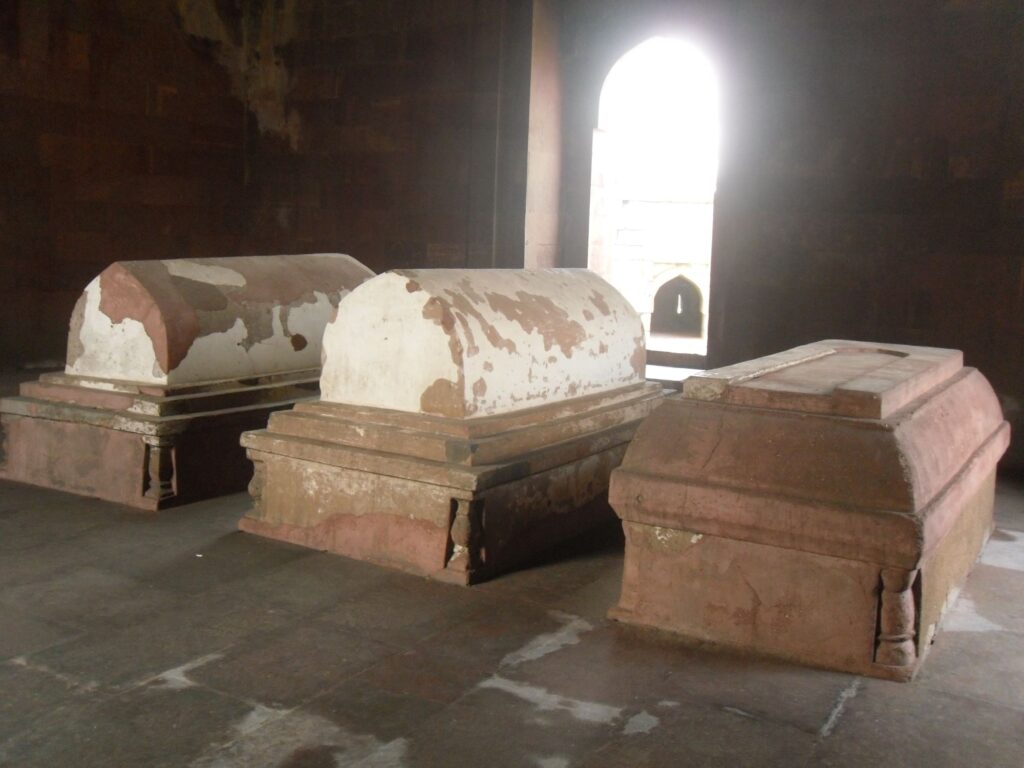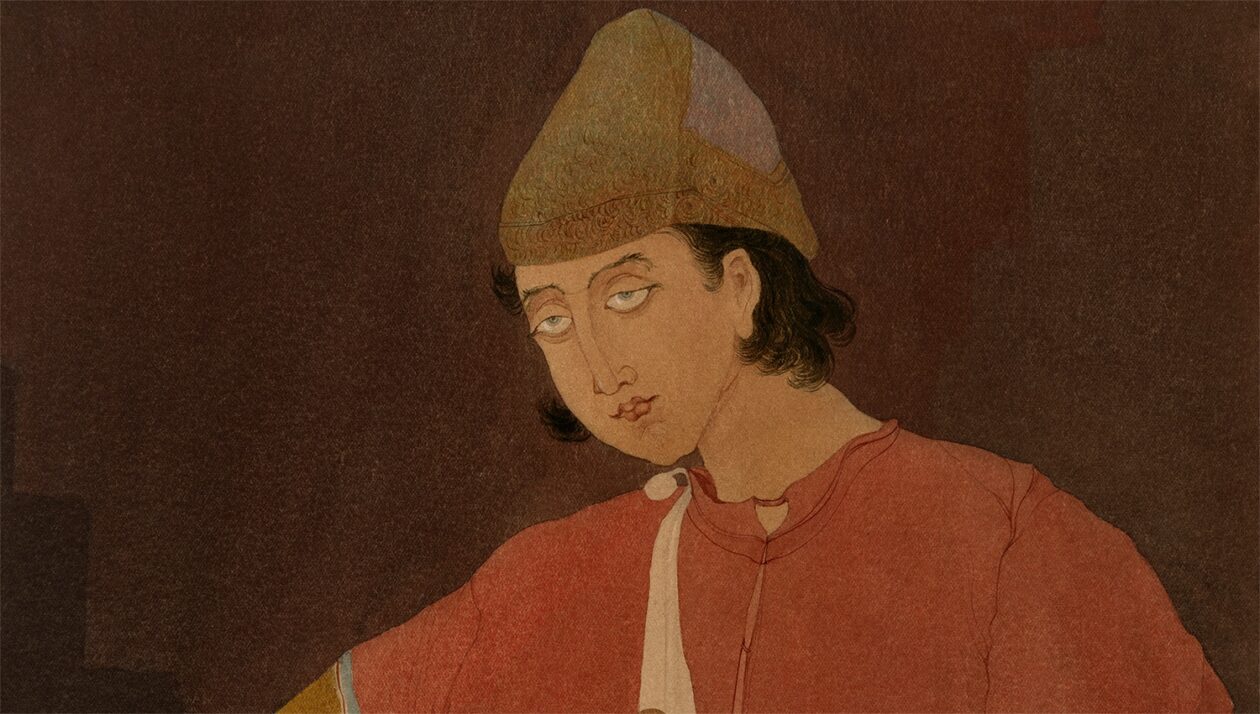THE GOLDEN PERIOD OF MUSLIM RULE IN HINDUSTAN,
THE TUGHLAQ KINGS AND THEIR LEGACY OF THE QURAN:
IRRITATING RELIGIOUS PRIESTS AND BEFRIENDING HINDUS.
Anybody’s quest for knowledge gets easily frustrated when seeking facts and figures, you get historical manipulation on most subjects. Searching for Muslim history even in the area of Hindustan drives you crazy. Most of the research say on Muslim Sultans is there with access to hundreds of Hindu writers. One can only wonder the obsession of Hindu writers to Muslim Sultans. When you try to look for Muslim writers, you hardly find any, or even if it is famous research, no copy of the book is available anywhere. Not even a free download. Not even in libraries. ACCESS to famous libraries costs a lot of money. This is fact, not speculation. But then it becomes an adventure. Unraveling facts from fiction.

Not much has been done on the Tughlaqs but there are important research books. Agha Mahdi Husain has an excellent book on Muhammed Tughlaq, “The Rise and Fall of Sultan Muhammed Tuqhluq”, and years after written, is still standard reading on subject. Habibullah of Allahabad University, as well as even Ameer Khusrow himself done a good version with the Tughlaq nama of olden times. Contemporary Muslim writers carry different views. The details are too many and there is no need to go through them. Our approach is to get the attitude of those people, and why the Muslims ruled in this region for a 1000 years and survived, and an extremist Prime Minister in India, with his extreme prejudices, is all set to break his country into pieces. The best reason is the dictates of Islam to have the patience and tolerance to co-exist with different ways of life.
It all starts with Malik Tughluq, who with his brothers came from Khurasan to this region. His son Ghiyasuddin Tughluq was one of the Turkish slaves of King Ghiyasuddin Balban, and was conceived through a local Jat family. In an inscription on a mosque he built in Multan, he himself says that he fought the Tartars 29 times, and after defeating them, came to be known as Malik Ghazi for his bravery. An old man himself, Sultan Ghiyasuddin Tuqhlaq was obviously a good warrior but had to become a good administrator too. He himself was tolerant to the Hindus, unless directly implicated in some plot. However the religious lobby were not happy with the Sultan. But he had fell foul of Nizamuddin Auliya himself. Nizamuddin Auliya was ordered to refund what he had received as gift from previous usurper. Nizamuddin Auliya was not in a position, or in a mood to do so. The next bold step was the Sultan’s order to Nizamuddin Auliya to vacate Delhi before his arrival there from Bengal. The famous quote DELHI HANUZ DUR AST (Delhi is yet distant) has become historically famous. And something unusual happened on the Sultan’s return from Bengal. A wooden canopy was constructed and in welcoming the Sultan through a parade of elephants, the canopy broke and the Sultan and one of his son died underneath the rubble. The incident is quoted as a conspiracy by all and it is attributed that the Sultan’s son Jauna Khan Ulugh Beg (later Muhammed bin Tughluq) as responsible for the parricide. Agha Mahdi Husain researches on the subject and tells us:
“All that is known about the character of Ulugh Khan, both as prince and Sultan, militates against the charges brought against him. He was much too strong a man to succumb to the temptation of murdering his father in order to win the throne. He would not have acted against his conscience even if his life had been at stake. But here neither his life was in danger nor his crown. He was decidedly the best of all the sons of Sultan Ghiyasuddin, and had been an heir apparent. There was no rival claimant to the throne. The case of Ulugh Khan was entirely different, for he was the acknowledged heir.”

The suspicions cast on the Prince simply was the reason of the quarrel with the Ulama. The highly coloured reports were no doubt generated by the disciples of Nizamuddin Auliya, who had taken offense at the popularity of the Sultan with the people. Few people were bold enough to speak on this aspect. Husam Khan, Sujan Rai and W.H. Sleeman took the bold step of saying that the Sultan came to grief because of his quarrel with the Saint. But even common sense dictates the fight between the Sultan and the Saint was an obvious link to the per-planned murder. It is past but it shows an important aspect, the Quranic rule versus the religious aspect and connotation. Let us first quote an incident mentioned by Ibn Battutta to prove the stature of the son himself.
The historian Peter Jackson writes the grand character of Muhammed Bin Tuqhlaq:
“An anecdote related by Ibn Battuta may carry greater weight. He tells how a Hindu chief brought a charge against Muhammad b. Tughlaq himself that he had killed his (the chief’s) brother without cause, and cited him to appear before the qadi. The sultan duly went, unarmed and on foot, having an advance forbidden the qadi to show him any of the deference due to his rank, and remained standing while the qadi gave judgement against him and ordered him to make reparation to his accuser. This is an isolated instance and the purpose of the story is to highlight the sultan’s humility and sense of equity, but it harmonizes with the general picture of Muhammad as a ruler who in the first half of his reign, took care to cultivate the Hindu, and if it embodies authentic fact, it demonstrates that one Hindu of some standing, recognized the authority of the Muslim qadi.” (page 281)
Even today the Quran battles against religious orthodoxy . It is not for us to pass judgement, but to analyze the facts available to us. Everybody can base analysis on factual information.


Muslims on hearts and did not make unnecessary enemies. Even Hindu Rajas as well as ordinary people cooperated with them.
Won
Islam under crusade all the time as deliberately misunderstood in its peace aim.
Destroying history is hobby of enemies of Pakistan.